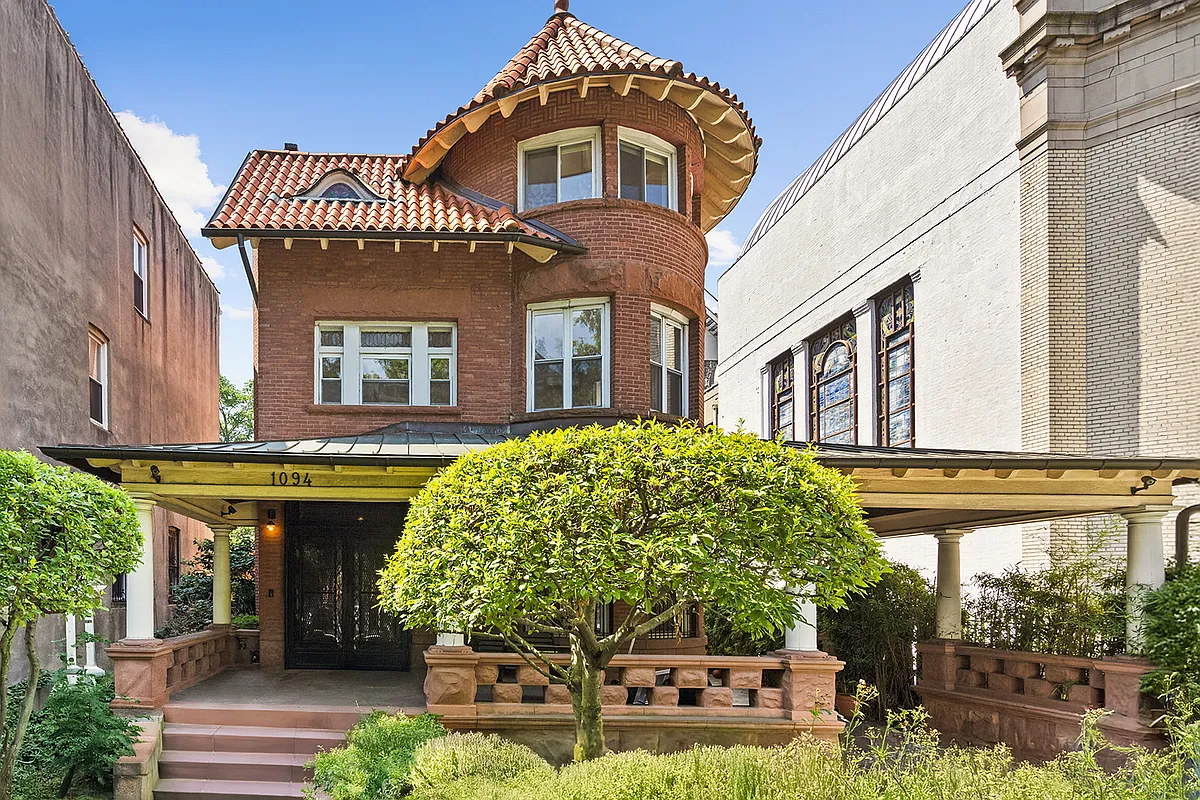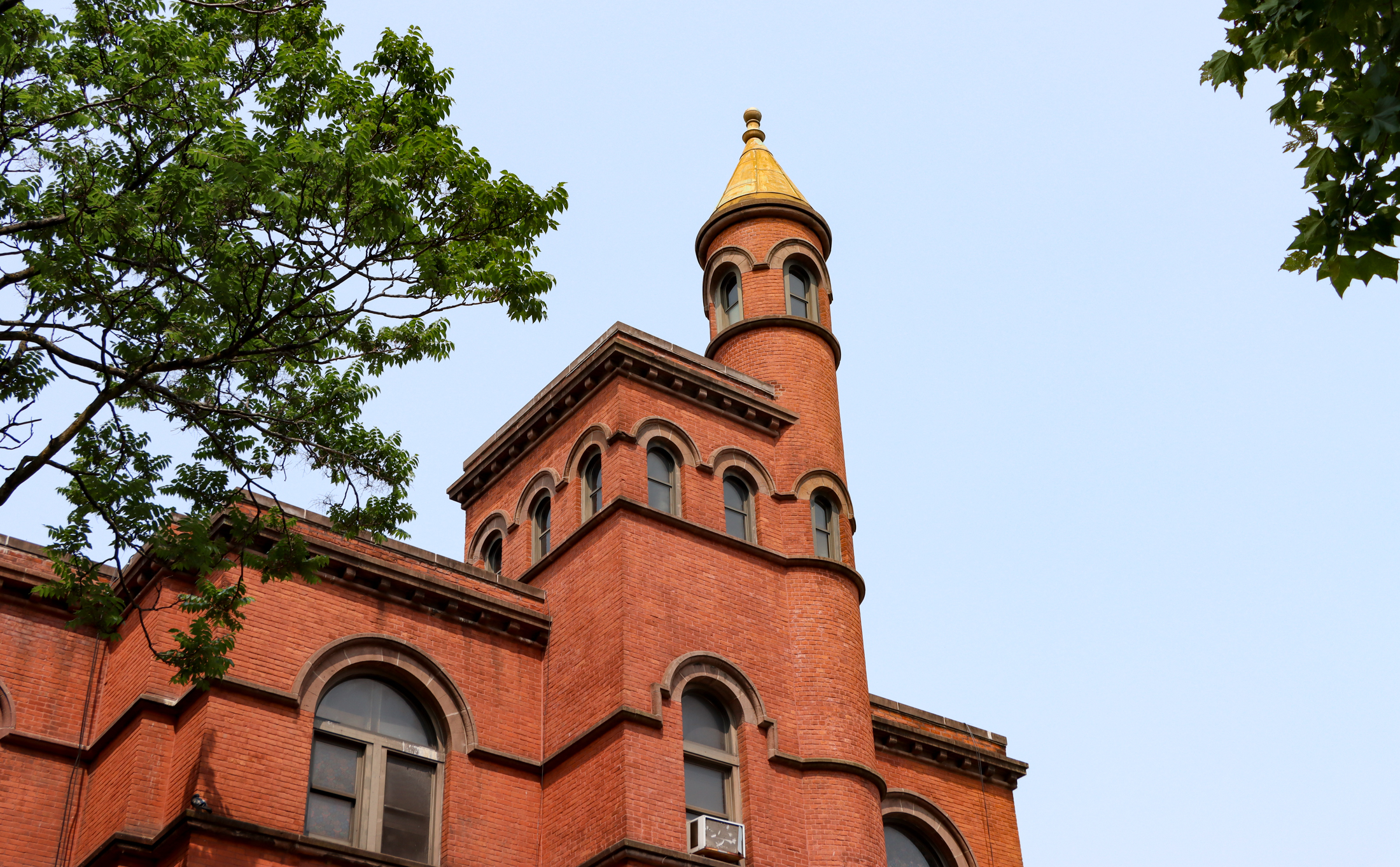Timber Shed Might Not Be Saved After All
The National Guard Bureau, the Federal agency charged with evaluating the historical importance and preservability of Admiral’s Row, held its fifth consulting meeting yesterday in downtown Manhattan with three dozen or so representatives of preservation groups, city agencies and other interested parties. As you may recall, almost a year ago the National Guard Bureau announced…


The National Guard Bureau, the Federal agency charged with evaluating the historical importance and preservability of Admiral’s Row, held its fifth consulting meeting yesterday in downtown Manhattan with three dozen or so representatives of preservation groups, city agencies and other interested parties. As you may recall, almost a year ago the National Guard Bureau announced that only the Timber Shed and Building B would be preserved, a plan that the Brooklyn Navy Yard Development Corp. has structured its recent RFP for development of industrial and supermarket space on the six-acre plot around. According to Kristin Leahy, Cultural Resources Program Manager, Building B was a no-brainer: It’s the oldest and best preserved of the residences and will be the least expensive to restore. (The National Guard, which has only been in the driver’s seat since 2007, was unable to tell us which Federal agency bore the responsibility for allowing the buildings to fall into such bad shape.) The Timber Shed was picked for its historical significance alone (it’s the last of its kind still standing in the U.S.), and recent inspections by engineers have revealed it to be in even worse shape than initially assumed.
We were alarmed to learn that the recent findings about the building’s structural condition have re-opened the question of whether the shed will be preserved and restored to its original form or, alarmingly, whether it will instead be disassembled and replaced with “something with the same footprint that is similar in type and feel,” according to Leahy. “That’s still up for debate.” Earlier this week, Brooklyn Navy Yard Development Corp. president Andrew Kimball said ground would not be broken until late next year. Before that occurs, according to Leahy, a three things have to happen on the Feds’ end: 1) The Army Corps of Engineers has to conduct another appraisal of the site’s market value; 2) Building B needs to be stabilized and protected from the elements; 3) A decision regarding the preservation of the Timber Shed (to restore exactly or to rebuild a similar building) needs to be reached. Once those three things are done, the city will have to make its decision on whether it wants to buy the property with whatever strings it comes attached with; the city is also free to do its own appraisal and try to bargain on price. If for some reason the city ended up passing (which seems unlikely at this point), the property would have to go through the lengthy GSA disposal process.





The property is owned by the US Federal Government. The LPC has no jurisdiction and can’t fine the USG anyway. The Corp of Engineers only maintains property that money is appropriated for. No money=no maintenance. So the “fault” is the US Congress. The plan to turn this over has been underway for over 10 years. Once the USG decides that property is excess, they stop maintaining it to “save” money.
This is NYCs version of the Harmondsworth Great Barn.
Montrose,
The BNYDC has already done a complete Historic AMerican Building Survey (HABS) level photo documentation of all of the buildings.
q man, tell us your version.
Admirals Row is not even on the National Register although it is eligible, which is tantamount to the same thing.
mcKenzie’s summation has lost much in the migration from actual meeting to post on Brownstoner.
You don’t need them to tell you who let the buildings fall apart, I can tell you – iand have been saying it for years. The Army national Guard has owned it for decades (since the 70’s). They acquired it from the Navy when the Navy determined it to be excess. They had planned on building some sort of training facility there, but it never happened. In general the Army Corps of Engineers manages property on behalf of the National Guard. So blame falls firmly on the head of the real estate management folks at the Army Corps of Engineers. A little blame also has to reside with the National Guard for not being diligent on checking in on the Army Corps to make sure they were properly managing National Guard property.
Also – while i don’t doubt the historical nature of the timber shed, it is in the worst shape of all the buildings. There is literally the a tree growing through the roof and the walls are buckling noticeably. They should have never recommended that it be saved in the first place. Instead they should have asked fro Building I, which is also in decent shape.
So while they dicker and obfuscate, I’m sure it will occur to absolutely no one that some protection of the shed is in order, such as building a roofed pavilion over it to protect it from further rain damage, and enable professionals to better assess the situation.
“Similar type and feel”. That means the equivilent of tearing down the Empire State Building and replacing it with the replica that’s on the Strip in Las Vegas. Ok, a bit overdone, but you get the idea.
Ditto is right, they should let someone completely document the Shed while they can, because it’s toast.
I got the full lowdown on the meeting from a friend. It was heated. New Yorkers stood up for themsleves.
The people there from the federal agencies were clueless at best, lying through their teeth at worst. They want to “deconstruct” the timber shed using heavy equipment like bulldozers. Ha! “Deconstruct” Ha!
One of the dimmer bureaucrats went off on a tangent as to how a restored timber shed could not have a glass roof. This was her biggest worry?
The timber shed is toast, landfill. They say they may want to salvage some bits and pieces to make, I don’t what, park benches? But in the end they will say that it is all too contaminated to touch. Full of asbestos and bird doo-doo, so no no no, must steer clear.
They are SO FULL OF SHIT!
The LPC has steered well clear of admirals row. The buildings are not landmarked although I think they are on the National Register. The timber shed looks like a gingerbread house that was left on the stove too long.